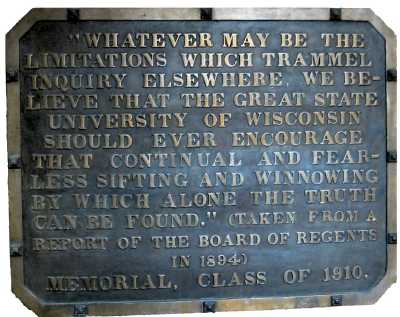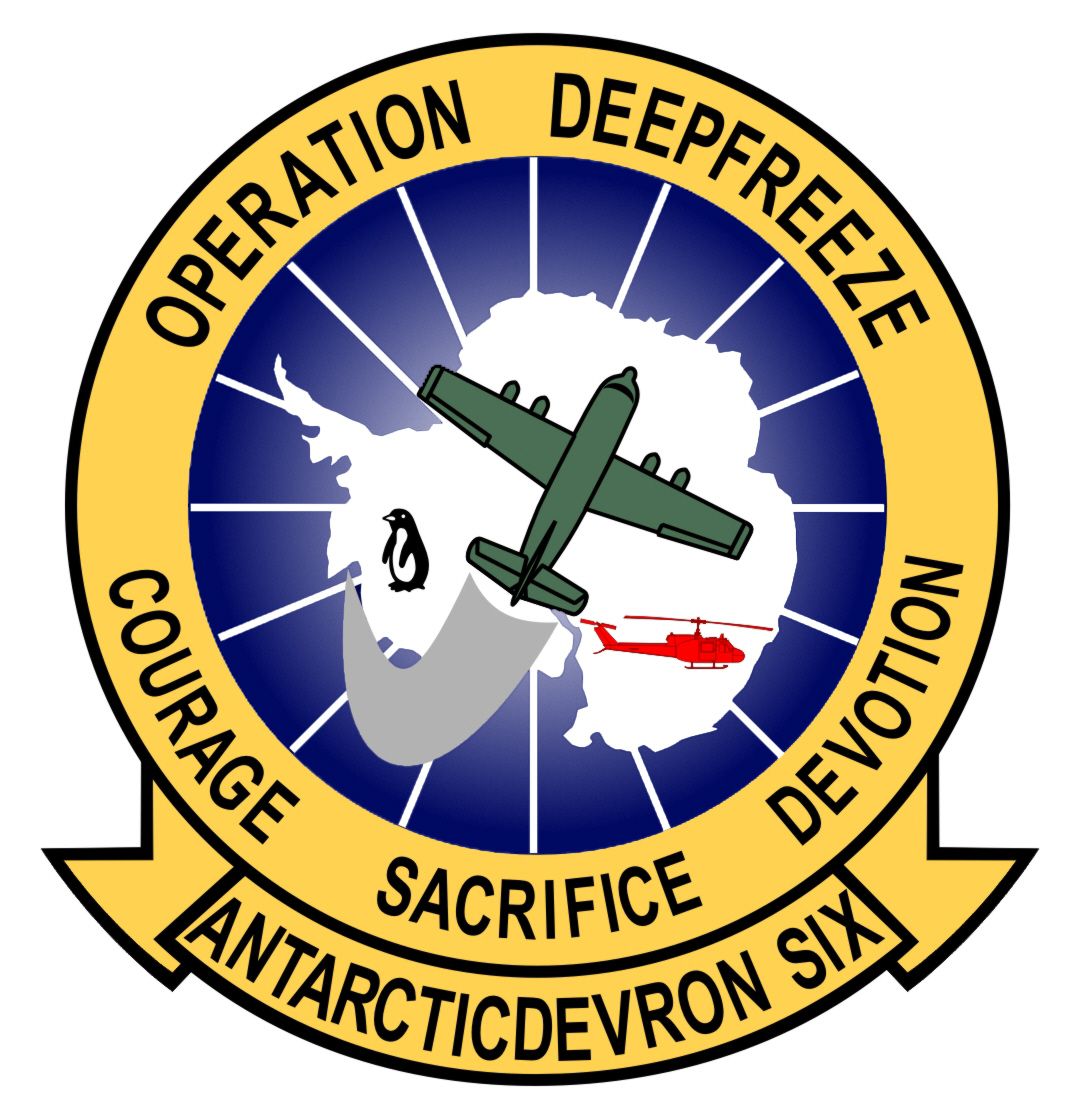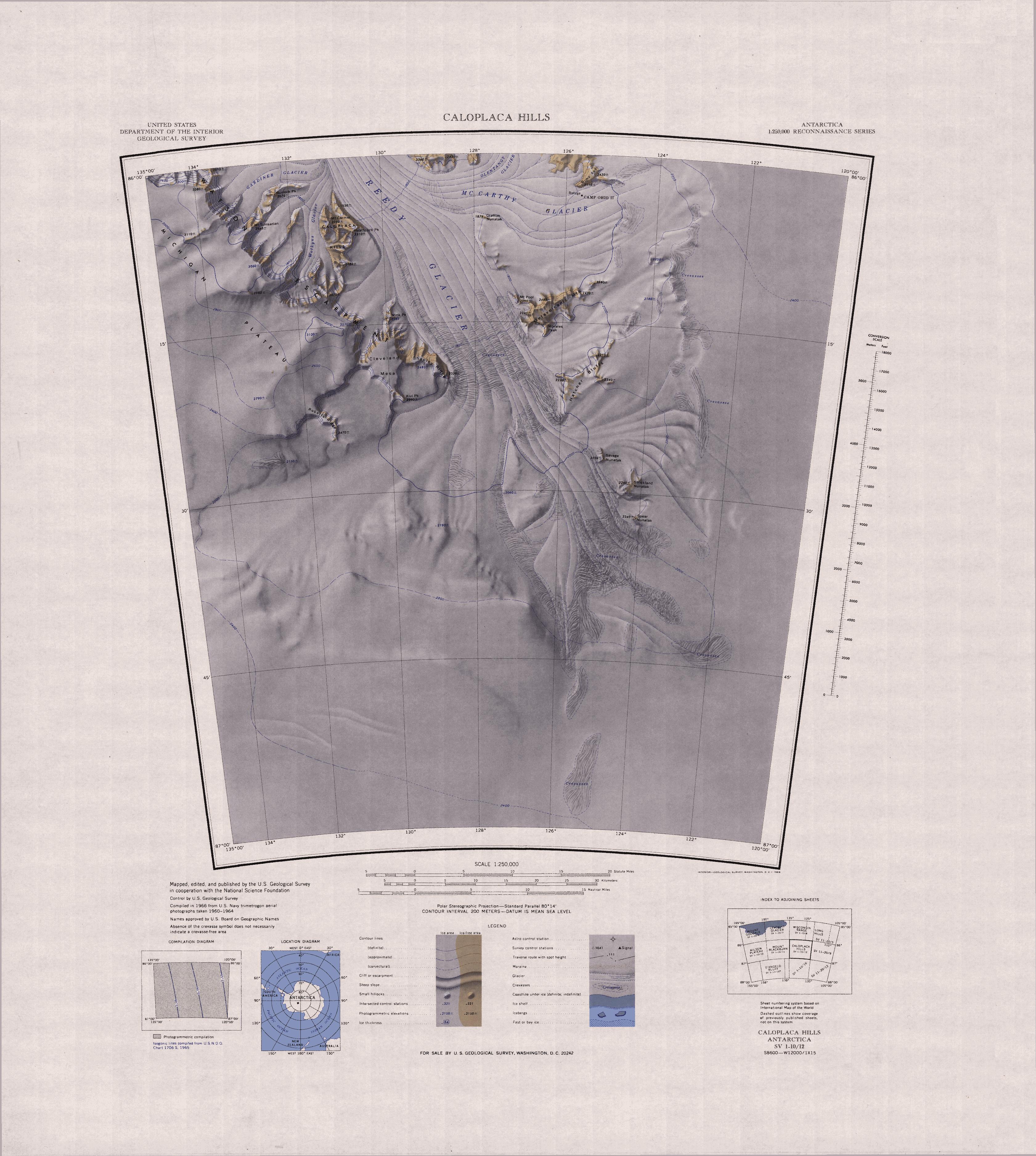|
Wisconsin Plateau
The Wisconsin Range () is a major mountain range of the Horlick Mountains in Antarctica, comprising the Wisconsin Plateau and numerous glaciers, ridges and peaks bounded by the Reedy Glacier, Shimizu Ice Stream, Horlick Ice Stream and the interior ice plateau. Discovery and naming The Wisconsin Range was mapped by the United States Geological Survey (USGS) from surveys and United States Navy air photos, 1959–64. It was named by the United States Advisory Committee on Antarctic Names (US-ACAN) for the University of Wisconsin–Madison, Madison, Wisconsin, which has sent numerous researchers to Antarctica. The first air photographs of the Wisconsin Range were taken by United States Navy Taskforce 68 during Operation Highjump in 1946–47. In 1958 an oversnow tractor train drove from Byrd Station in West Antarctica to a temporary station on the Ross Ice Shelf. From there, William E. Long and F. Darling walked south to the Wisconsin Range escarpment and gathered samples of graniti ... [...More Info...] [...Related Items...] OR: [Wikipedia] [Google] [Baidu] |
University Of Wisconsin–Madison
The University of Wisconsin–Madison (University of Wisconsin, Wisconsin, UW, UW–Madison, or simply Madison) is a public land-grant research university in Madison, Wisconsin, United States. It was founded in 1848 when Wisconsin achieved statehood and is the flagship campus of the University of Wisconsin System. The main campus is located on the shores of Lake Mendota; the university also owns and operates a arboretum south of the main campus. UW–Madison is organized into 13 schools and colleges, which enrolled approximately 34,200 undergraduate and 14,300 graduate and professional students in 2024. Its academic programs include 136 undergraduate majors, 148 master's degree programs, and 120 doctoral programs. Wisconsin is one of the founding members of the Association of American Universities. It is considered a Public Ivy and is classified as an R1 University. UW–Madison was also the home of both the prominent "Wisconsin School" of economics and diplomatic h ... [...More Info...] [...Related Items...] OR: [Wikipedia] [Google] [Baidu] |
Watson Escarpment
Watson Escarpment () is a major escarpment in the Queen Maud Mountains, trending northward along the east margin of Scott Glacier (Transantarctic Mountains), Scott Glacier, then eastward to Reedy Glacier where it turns southward along the glacier's west side. Somewhat arcuate, the escarpment is nearly long, rises above sea level, and above the adjacent terrain. Discovery and naming The north-central part of the escarpment was observed from a vantage point on Supporting Party Mountain and was partially mapped in December 1929 by the Byrd Antarctic Expedition geological party under Laurence Gould. The escarpment was more closely observed in December 1934 by the Byrd Antarctic Expedition geological party under Quin Blackburn, and was named by Byrd for Thomas J. Watson, American business executive, a patron of this expedition. The escarpment and its related features was mapped in detail by United States Geological Survey (USGS) from surveys and United States Navy air photos, 1960� ... [...More Info...] [...Related Items...] OR: [Wikipedia] [Google] [Baidu] |
Operation Deep Freeze
Operation Deep Freeze is the code name for a series of United States missions to Antarctica, beginning with "Operation Deep Freeze I" in 1955–56, followed by "Operation Deep Freeze II", "Operation Deep Freeze III", and so on. (There was an initial operation before Richard E. Byrd, Admiral Richard Byrd proposed 'Deep Freeze'). Given the continuing and constant US presence in Antarctica since that date, "Operation Deep Freeze" has come to be used as a general term for US operations in that continent, and in particular for the regular missions to resupply US Antarctic bases, coordinated by the Military of the United States, United States military. Task Force 199 was involved. For a few decades the missions were led by the United States Navy, though the Air National Guard and National Science Foundation are also important parts of the missions. In Antarctica, when the polar dawn starts late in the year things begin warming up and the mission usually runs from late in the year to ear ... [...More Info...] [...Related Items...] OR: [Wikipedia] [Google] [Baidu] |
John McNaughton (government Official)
John Theodore McNaughton (November 21, 1921 – July 19, 1967) was an American government official who was United States Assistant Secretary of Defense for International Security Affairs and Robert S. McNamara's closest advisor. He died in a plane crash at age 45, just before he was to become Secretary of the Navy. Early life John McNaughton was born in Bicknell, Indiana; his father owned the ''Bicknell Daily News''. The family moved to Pekin, Illinois in his younger years because his father later owned the '' Pekin Daily Times''. John McNaughton graduated in 1942 from DePauw University. He joined the United States Navy that year and served on ships in the Atlantic. In 1946, he entered the Harvard Law School graduating in 1948. He was named a Rhodes Scholar that same year and spent 1949 at Oxford. In 1950, he took a year off and took a position in the European Payments Union under the Marshall Plan. He returned to the United States in 1951 and became editor of the ''Pekin ... [...More Info...] [...Related Items...] OR: [Wikipedia] [Google] [Baidu] |
Oath Of Office John T
Traditionally, an oath (from Anglo-Saxon ', also a plight) is a statement of fact or a promise taken by a sacrality as a sign of verity. A common legal substitute for those who object to making sacred oaths is to give an affirmation instead. Nowadays, even when there is no notion of sanctity involved, certain promises said out loud in ceremonial or juridical purpose are referred to as oaths. "To swear" is a verb used to describe the taking of an oath; to make a solemn vow. Etymology The word comes from Anglo-Saxon ': "judicial swearing, solemn appeal to deity in witness of truth or a promise"; from Proto-Germanic '' *aiþaz''; from Proto-Indo-European ''*oi-to-'': "an oath". Common to Celtic and Germanic, possibly a loan-word from one to the other, but the history is obscure and it may be non-Indo-European, in reference to careless invocations of divinity, from the late 12th century. Historical development as a legal concept Jewish tradition The concept of oaths is deep ... [...More Info...] [...Related Items...] OR: [Wikipedia] [Google] [Baidu] |
Tillite
image:Geschiebemergel.JPG, Closeup of glacial till. Note that the larger grains (pebbles and gravel) in the till are completely surrounded by the matrix of finer material (silt and sand), and this characteristic, known as ''matrix support'', is diagnostic of till. image:Glacial till exposed in roadcut-750px.jpg, Glacial till with tufts of grass Till or glacial till is unsorted glacier, glacial sediment. Till is derived from the erosion and entrainment of material by the moving ice of a glacier. It is deposited some distance down-ice to form terminal, lateral, medial and ground moraines. Till is classified into primary deposits, laid down directly by glaciers, and secondary deposits, reworked by fluvial transport and other processes. Description Till is a form of '' glacial drift'', which is rock material transported by a glacier and deposited directly from the ice or from running water emerging from the ice. It is distinguished from other forms of drift in that it is dep ... [...More Info...] [...Related Items...] OR: [Wikipedia] [Google] [Baidu] |
John H
John is a common English name and surname: * John (given name) * John (surname) John may also refer to: New Testament Works * Gospel of John, a title often shortened to John * First Epistle of John, often shortened to 1 John * Second Epistle of John, often shortened to 2 John * Third Epistle of John, often shortened to 3 John People * John the Baptist (died ), regarded as a prophet and the forerunner of Jesus Christ * John the Apostle (died ), one of the twelve apostles of Jesus Christ * John the Evangelist, assigned author of the Fourth Gospel, once identified with the Apostle * John of Patmos, also known as John the Divine or John the Revelator, the author of the Book of Revelation, once identified with the Apostle * John the Presbyter, a figure either identified with or distinguished from the Apostle, the Evangelist and John of Patmos Other people with the given name Religious figures * John, father of Andrew the Apostle and Saint Peter * Pope Joh ... [...More Info...] [...Related Items...] OR: [Wikipedia] [Google] [Baidu] |
United States Antarctic Research Program
The United States Antarctic Program (or USAP; formerly known as the United States Antarctic Research Program or USARP and the United States Antarctic Service or USAS) is an organization of the United States government which has a presence in the Antarctica continent. Founded in 1959, the USAP manages all U.S. scientific research and related logistics in Antarctica as well as aboard ships in the Southern Ocean. United States Antarctic Program The United States established the U.S. Antarctic Research Program (USARP) in 1959—the name was later changed to the U.S. Antarctic Program—immediately following the success of the International Geophysical Year (IGY). Today, the National Science Foundation (NSF) has a Presidential Mandate to manage the United States Antarctic Program, through which it operates three year-round research stations and two research vessels, coordinates all U.S. science on the southernmost continent, and works with other federal agencies, the U.S. militar ... [...More Info...] [...Related Items...] OR: [Wikipedia] [Google] [Baidu] |
Quonset Glacier
The Reedy Glacier () is a major glacier in Antarctica, over long and wide, descending from the polar plateau to the Ross Ice Shelf between the Michigan Plateau and Wisconsin Range in the Transantarctic Mountains. It marks the limits of the Queen Maud Mountains on the west and the Horlick Mountains on the east. Naming The Reedy Glacier was mapped by United States Geological Survey (USGS) from surveys and United States Navy (USN) air photos, 1960–64. It was named by the Advisory Committee on Antarctic Names (US-ACAN) for Rear Admiral James R. Reedy, USN, Commander, U.S. Naval Support Force, Antarctica, from November 1962 until April 1965. Topography and ice flow The Reedy Glacier is the most southern large glacier that drains ice through the Transantarctic mountains from the Antarctic Plateau. It drains about of the polar plateau, with its catchment extending from south of the South Pole. It flows from the edge of the polar plateau at to become the Mercer Ice Stream a ... [...More Info...] [...Related Items...] OR: [Wikipedia] [Google] [Baidu] |
Cleveland Mesa
Watson Escarpment () is a major escarpment in the Queen Maud Mountains, trending northward along the east margin of Scott Glacier, then eastward to Reedy Glacier where it turns southward along the glacier's west side. Somewhat arcuate, the escarpment is nearly long, rises above sea level, and above the adjacent terrain. Discovery and naming The north-central part of the escarpment was observed from a vantage point on Supporting Party Mountain and was partially mapped in December 1929 by the Byrd Antarctic Expedition geological party under Laurence Gould. The escarpment was more closely observed in December 1934 by the Byrd Antarctic Expedition geological party under Quin Blackburn, and was named by Byrd for Thomas J. Watson, American business executive, a patron of this expedition. The escarpment and its related features was mapped in detail by United States Geological Survey (USGS) from surveys and United States Navy air photos, 1960–64. Topology The western end of th ... [...More Info...] [...Related Items...] OR: [Wikipedia] [Google] [Baidu] |







